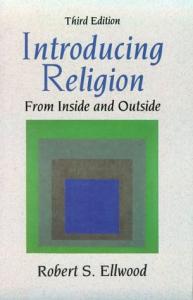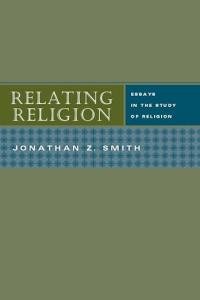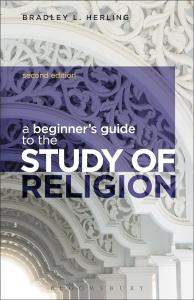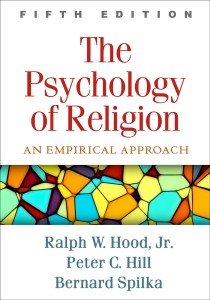Exploring the Depths of the Human Psyche:
A Review of Man and His Symbols by Carl Jung
Man and His Symbols, written by renowned Swiss psychiatrist Carl Jung, is a groundbreaking work that delves into the depths of the human psyche. Published in 1964, this book is a culmination of Jung's lifelong research and observations on the collective unconscious and the symbols that manifest in our dreams and everyday life.
One of the main themes of Man and His Symbols is the concept of the unconscious mind. Jung believed that the unconscious is a vast and powerful force that influences our thoughts, behaviors, and dreams. He argued that our conscious mind is only the tip of the iceberg, and most of our thoughts and motivations lie beneath the surface in the unconscious. Through engaging anecdotes and examples, Jung takes the reader on a journey to unravel the mysteries of the unconscious and its impact on our daily lives.
Jung believed that symbols are the language of the unconscious, and they serve as a bridge between the conscious and unconscious mind. He argued that symbols have a universal meaning and can be found in all cultures and civilizations. In Man and His Symbols, Jung explores the various symbols in our dreams and how they can provide insights into our innermost desires, fears, and beliefs. He also emphasizes the importance of paying attention to the symbols that manifest in our daily lives, as they can offer valuable guidance and meaning.
Dreams are a central component of Jung's theory of the unconscious. He believed dreams are a gateway to the unconscious and provide a window into our deepest thoughts and emotions. In Man and His Symbols, Jung explains the different types of dreams and their significance, such as compensatory dreams that balance out our conscious attitudes and prophetic dreams that offer insights into the future. He also sheds light on how dreams can be used for self-discovery and personal growth.
Another key concept in Jung's work is the collective unconscious, which refers to all humans' inherited and shared experiences throughout history. Jung believed that the collective unconscious is made up of archetypes, universal patterns, and symbols that are present in our psyche. In Man and His Symbols, he explores the significance of archetypes and how they manifest in our dreams and behavior. This book section is particularly insightful, offering a deeper understanding of the human psyche and its connection to our shared human experiences.
Man and His Symbols is a thought-provoking and enlightening read for anyone interested in psychology, dreams, and the human mind. Jung's writing is accessible and engaging, making complex concepts easy to understand. This book offers a unique perspective on the unconscious and its impact on our lives, and it continues to be a significant contribution to the field of psychology. As Jung said, "Man and His Symbols is intended to show how the individual self can be understood as part of a universal pattern of existence."
In conclusion, Man and His Symbols is an important read for anyone looking to better understand the human psyche. Through his insightful observations and theories, Jung comprehensively explores the unconscious and its role in shaping our lives. This book is a timeless masterpiece that continues to be relevant and influential in the field of psychology. As we continue to uncover the mysteries of the human mind, Man and His Symbols will remain a valuable resource for anyone seeking to explore the depths of the human psyche.






